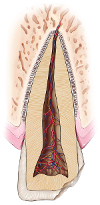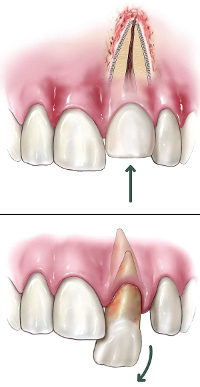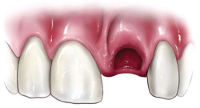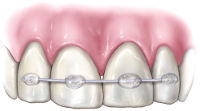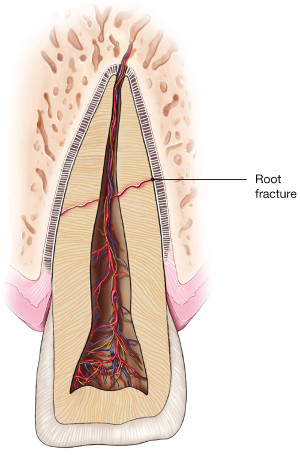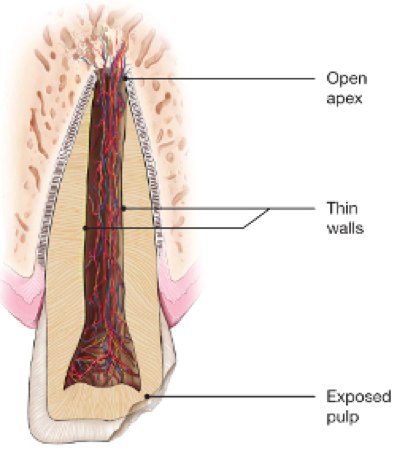Traumatic Dental Injuries
Traumatic dental injuries often occur as a result of an accident or sports injury. The severity of tooth injury can range from a small chip to the complete dislodgement of the tooth from the mouth. Treatment depends on the type, location and severity of the injury. Regardless of the extent of the injury, however, your tooth requires immediate examination by a dentist or an endodontist. Sometimes, the neighboring teeth can also suffer additional, unnoticed injury that can only be detected by a thorough dental exam.
Endodontists specialize in treating traumatic dental injuries. Using their advanced skills, techniques and technologies endodontists can help you save your injured teeth. If you have a cracked or injured tooth, it’s important to seek treatment right away.



